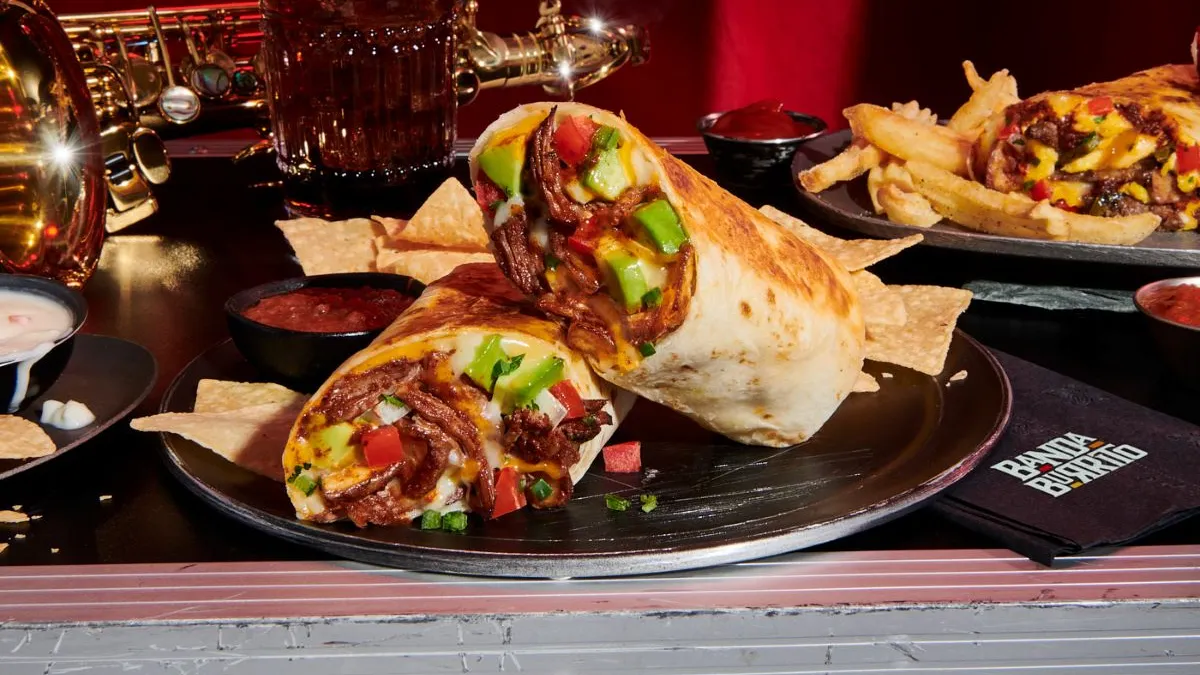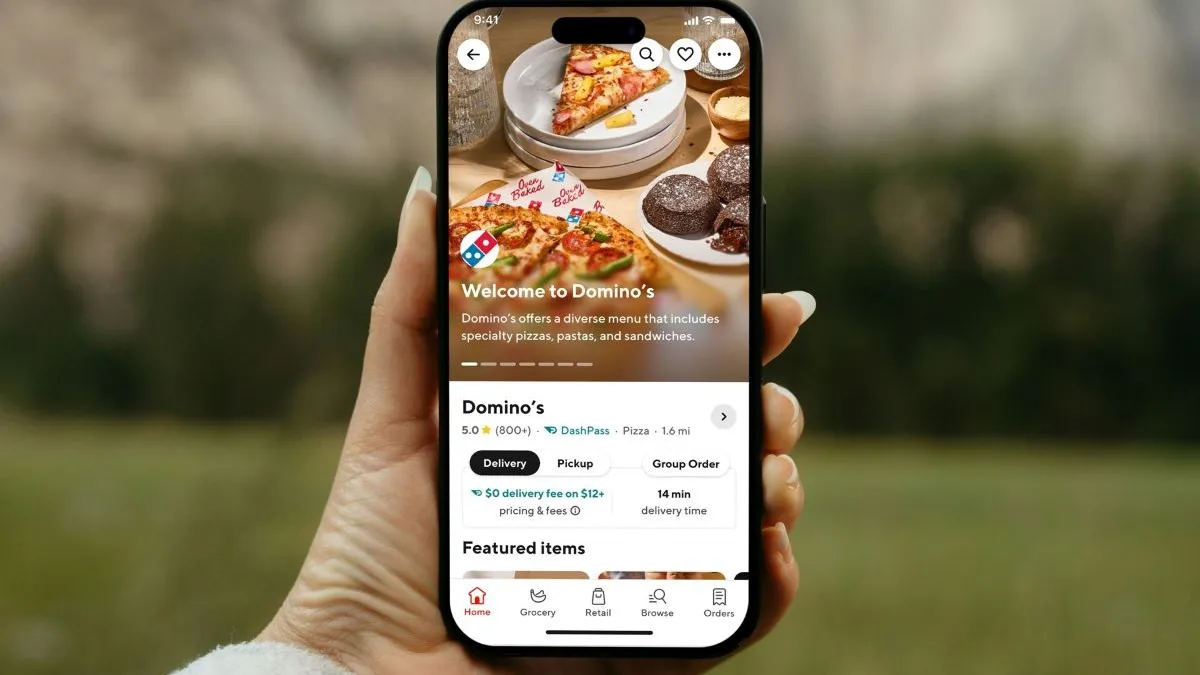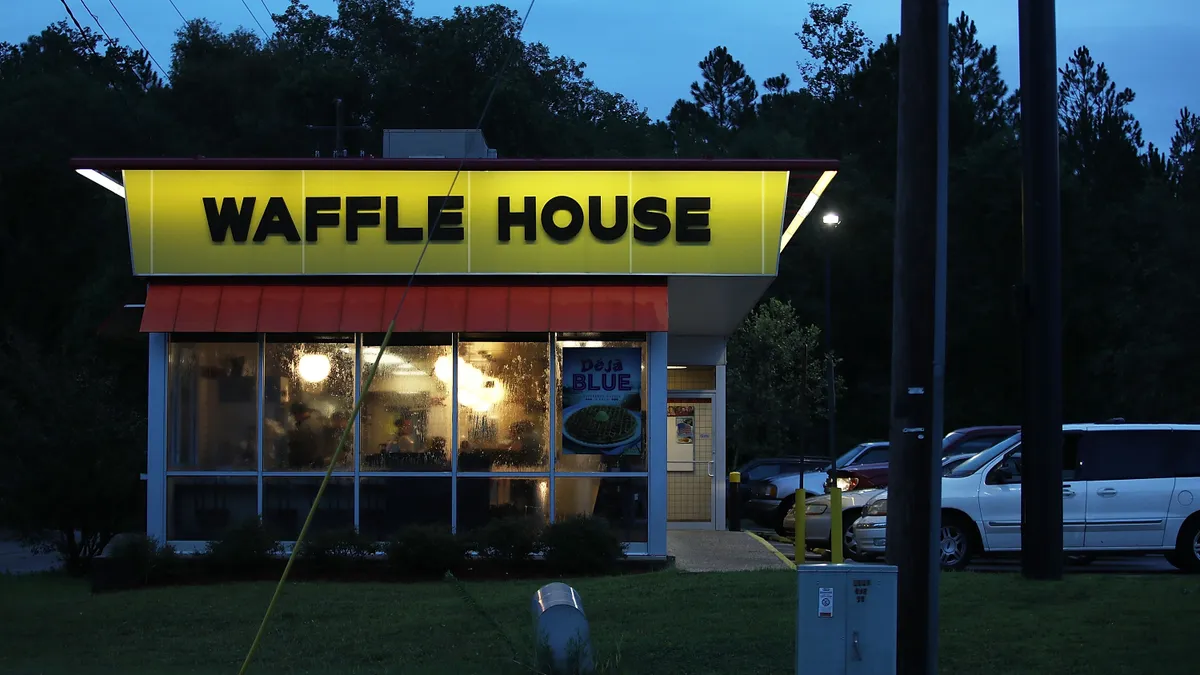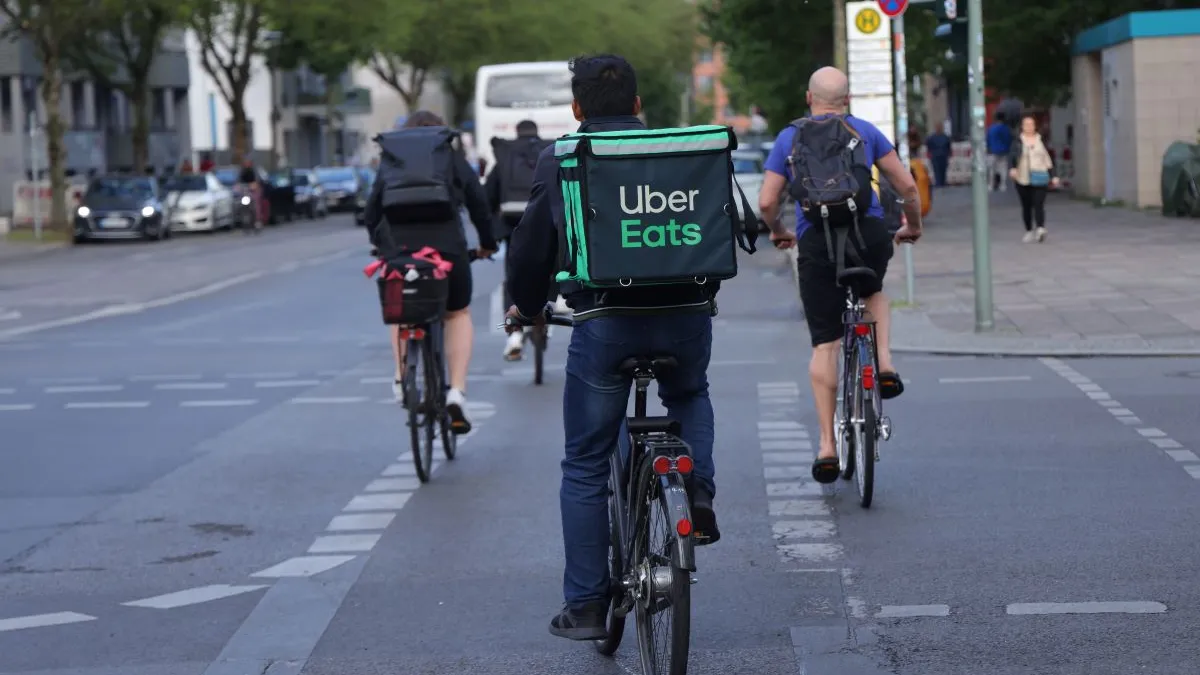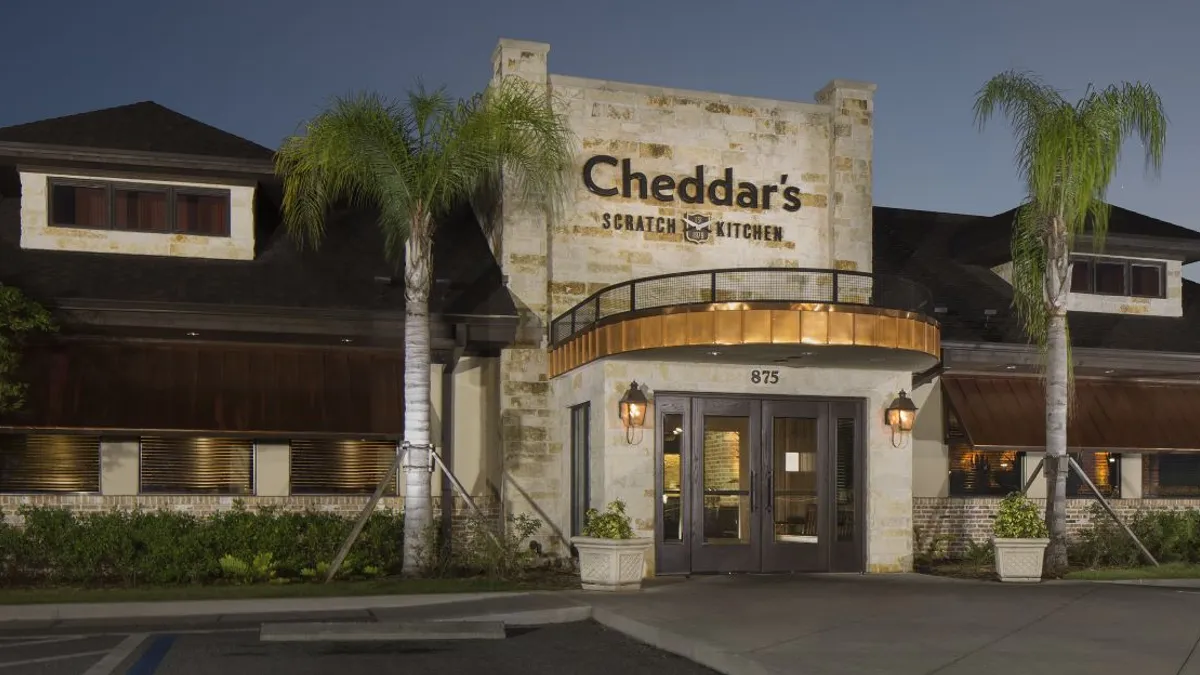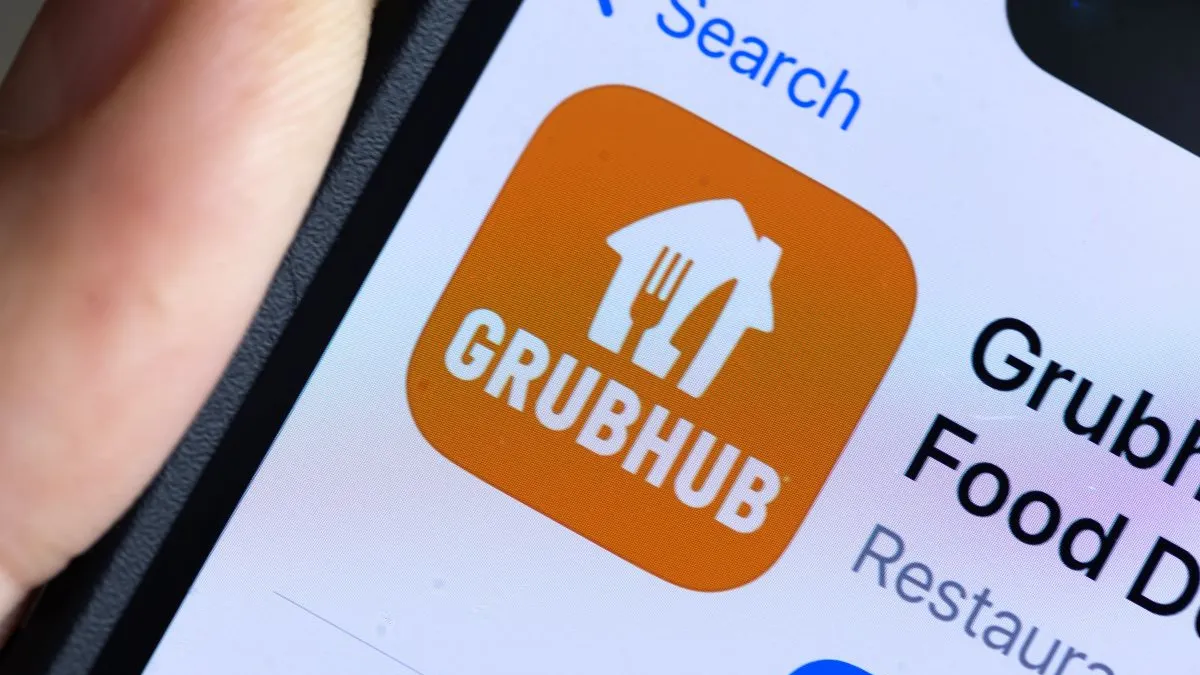Over two years ago, chains like Red Robin, Applebee’s and Chili’s bet virtual brands would help drive incremental sales. But those gambles didn’t pay off, causing operational headaches for some and failing to provide a significant sales boost. So last year, the chains turned their attention away from once-flashy virtual brands to focus on improving the dine-in experience.
Denny’s, however, is taking the opposite approach. Instead of pulling back from its virtual brands, Denny’s doubled down during the past six months, and considers this channel a significant growth opportunity.
The chain’s success stems in part from its menu development strategy for these brands. Denny’s uses few ingredients to develop virtual brand offerings, focuses on offerings that appeal to off-premise diners and uses latent dayparts to highlight these delivery-only options.
The company has offered two virtual brands, The Meltdown and The Burger Den, since 2021 and rolled out a third, Banda Burrito, last year. Banda Burrito is expected to add 200 more locations in California in the coming months, with a national rollout expected to follow in Q4, Denny’s CEO Kelli Valade said Tuesday during an earnings call. In January, the company also entered into a 250-unit virtual brand test with Franklin Junction.
“We've known that convenience is important to many of our guests, and since the onset of the pandemic, there’s been a growing preference for off-premise dining,” Valade said on the call. “We continue to believe that our guests want convenience and that off-premise channels will continue to see growth despite a shift by many companies to deleverage this part of the business.”
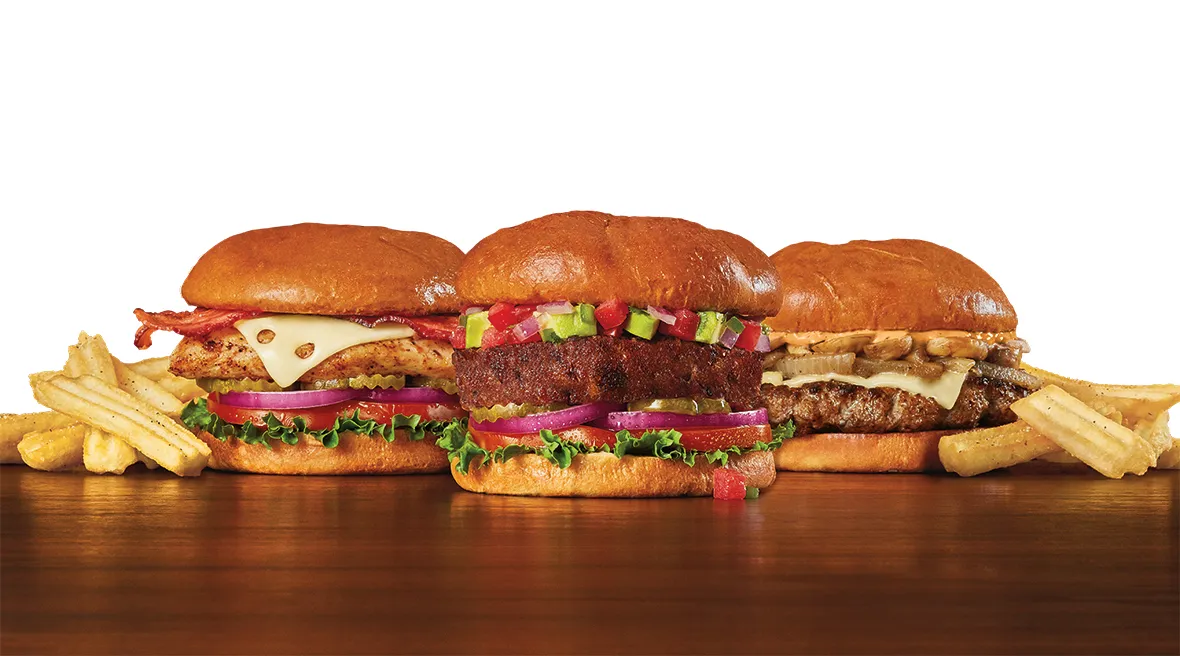
Denny’s typically sees a bulk of its in-restaurant customers during breakfast and lunch, which gives it an opportunity to use virtual brands during slower times of the day like dinner, said Sharon Lykins, VP of product innovation at Denny’s.
In-store menus and virtual brand offerings capture different demographics, Valade said.
“Denny’s off-premise guests skew younger than dine-in. Approximately 70% of our Gen Z and millennial guests utilize our off-premise channels compared to the same groups utilizing dine-in at approximately 40%,” Valade said. “This simply means that this part of our business, though yes, lower margin, is highly incremental and delighting a different guest.”
Denny's off-premise sales mix
Denny’s off-premise channel made up 21% of total sales during the first quarter and has represented over 19% of sales since Q1 2020, Valade said. Virtual brand sales and “later dayparts are nearly three times that of our breakfast and lunch dayparts,”she said. This has helped deliver a 2% to 3% incrementality in sales.
“Off-premise channels continue to be a strategic opportunity for us to grow new guests and transactions through our unique virtual brands and through Denny’s on Demand,” Valade said. “We believe, by leveraging our operating capacity at dinner and late night, we are positioned incredibly well to capture the share and leverage this strength as others focus only on their dining business.”
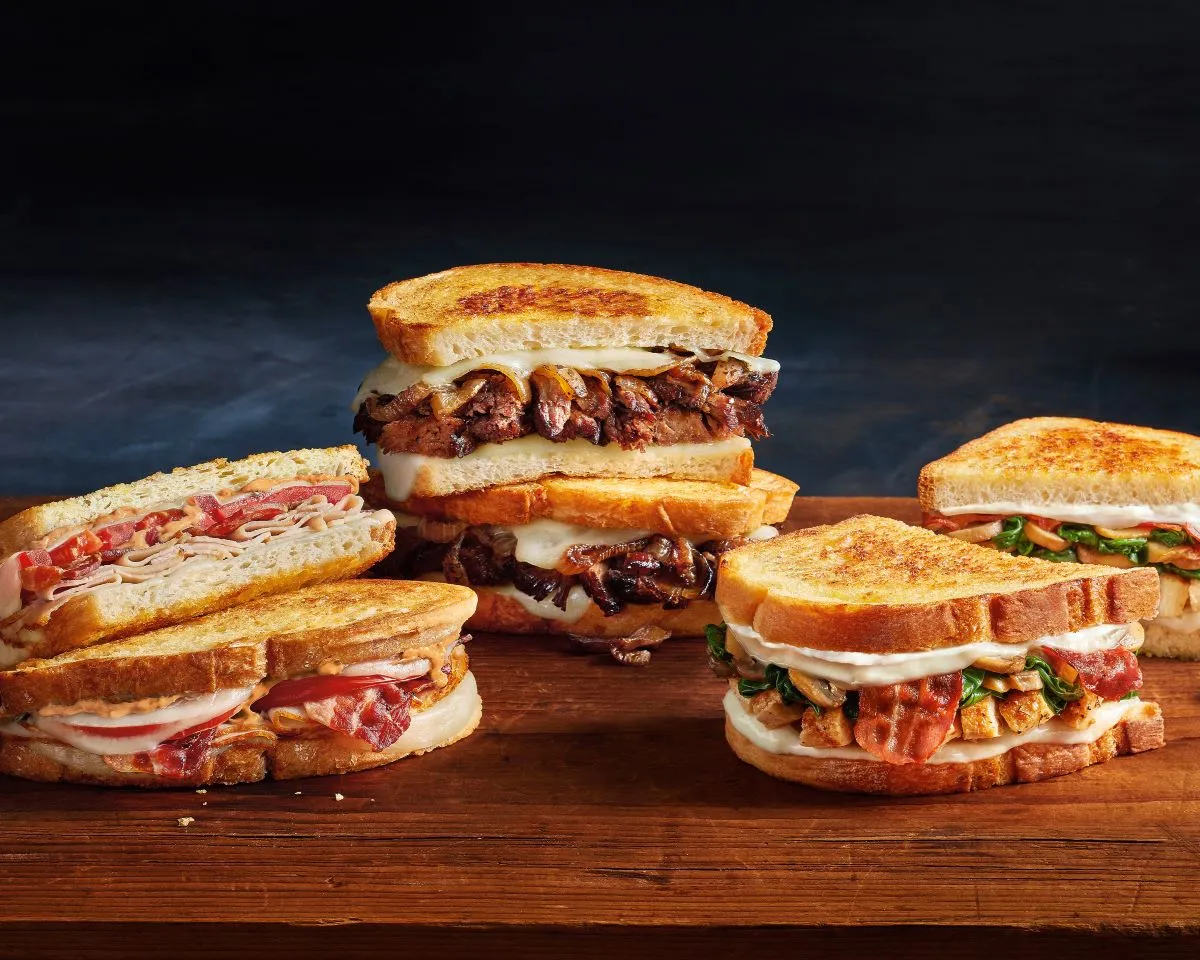
How Denny’s created its virtual brand menus
When creating these virtual brands, the chain found that the top food items off-premise diners want are pizza, burgers and sandwiches. Denny’s doesn’t and won’t play in the pizza category, but it already had a strong menu of burgers and sandwiches, Lykins said. It also found via research from DoorDash that burritos and TexMex are a category highly sought after, which is why Denny’s is expanding its Banda Burrito concept to address those needs.
“We’re going to stay in our lane,” Lykins said. “We’re going to stay into things that we know we can deliver well, and it just so happens that those things are what people are looking for in delivery.”
Adding virtual brands was not a difficult task, either, since the chain focused on items that wouldn’t result in significant changes to current SKUs.
For The Burger Den, Denny’s didn’t need to add any new ingredients. For The Meltdown, it added artisan bread, while Banda Burrito needed only two new ingredients, Lykins said. The new SKUs it has added, like artisan bread, are making their way to the core Denny’s menu, potentially negating any potential food cost increases. Lykins expects carne asada also to eventually be served on the core menu.
To differentiate from Denny’s main in-store menu, the chain created virtual brand burgers using alternative proteins. For example, it created a Baja Beach Veggie Burger using existing Dr. Praeger's veggie patties, avocados and pico de gallo.
Denny’s virtual brands also provide an ideal testing ground for items that can eventually make it onto its core menu. For example, The Meltdown offers a Giddy Up Melt, which is a slow-smoked brisket sandwich with sharp cheddar cheese on artisan bread. That was the virtual brand’s number-one seller, Lykins said. The company took that menu item, added a Denny’s spin by adding an egg on top, and initially tested it as a limited-time offering. The Brisk-It-All Melt ended up staying on the core menu because it did so well, she said.
In order for virtual brand items to succeed, however, they need to hold up during delivery. Denny’s developed proprietary packaging about a decade ago that allows moist items to sit on the bottom and on top it has a plate that can hold things like pancakes that will stay moist, but not become soggy, Lykins said. The chain also uses a burger box that has a coat on the inside that keeps burgers from bleeding and keeps fries from becoming soggy.
“What we’ve learned coming out of COVID is the guests had a really good experience at that time from a lot of different brands, and we have seen an elevation in guest expectation on how that product delivers,” Lykins said.



